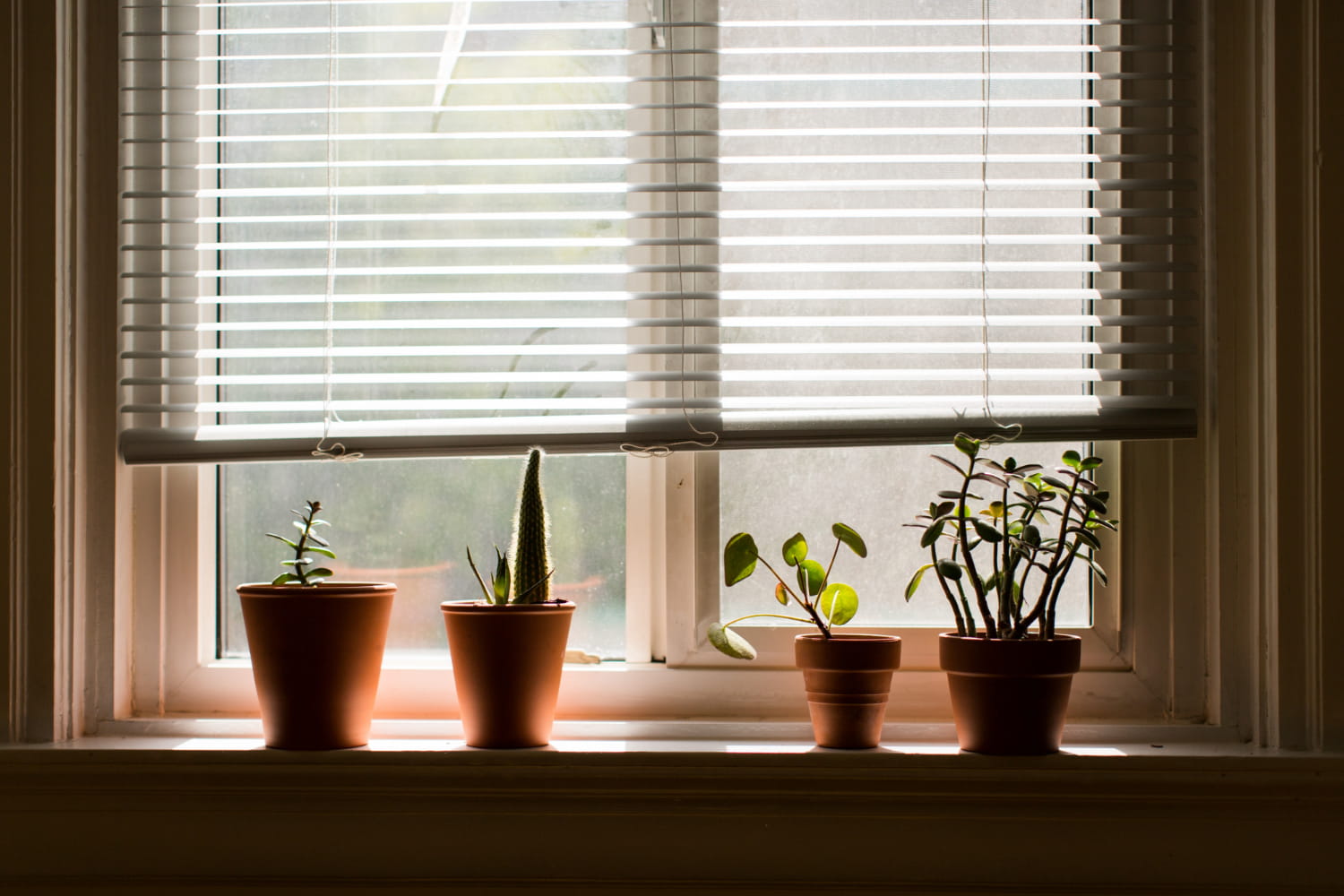The Environmental Benefits of Choosing Interior Shutters for Your Home
The Hidden Carbon Cost of Curtains
Most people don’t realise that replacing curtains every few years creates a shocking amount of textile waste. Australian households chuck out enormous quantities of clothing and textiles annually, and window treatments make up a fair chunk of this. Indoor shutters avoid this cycle altogether because they’re built to last decades.
The Insulation Gap Nobody Talks About
Your energy assessor won’t tell you this: the air pocket between closed shutters and your window pane works like a thermal buffer that standard double glazing can’t touch. This natural insulation layer cuts heat loss through windows significantly. You get the benefit of extra glazing without ripping out and replacing your existing windows.
Why Summer Cooling Matters More Than You Think
Air conditioning has become one of the fastest-growing carbon culprits in Australian homes. We’re cranking the AC harder and longer each year as heatwaves intensify. Shutters angled properly block most solar heat before it gets inside, which can slash your need for mechanical cooling during those brutal summer months.
The Bamboo Myth Debunked
Bamboo shutters sound eco-friendly because bamboo grows fast. But there’s a catch. Most bamboo shutters come from overseas factories and travel thousands of kilometres to reach Australia. Locally sourced wooden plantation shutters from Australian or responsibly managed timber often leave a smaller carbon footprint, even though the trees grow slower. They also last much longer.
The Microplastic Problem with Synthetic Alternatives
Vinyl and PVC shutters shed microplastics when you clean them and as they age. These tiny particles wash into waterways and work their way up the food chain. One synthetic shutter releases thousands of microplastic particles throughout its life just from regular use and surface wear.
Daylight Harvesting Actually Works
Adjustable louvres bounce natural light deeper into your rooms, lighting up spaces that would normally need electric lights during the day. This trick, called daylight harvesting, dramatically cuts lighting energy use in most homes without leaving you sitting in the dark.
The Resale Value Factor
Shutters boost your property value in real terms. Real estate agents consistently report they make homes more appealing to buyers. This financial incentive means shutters usually stay put when ownership changes hands. New owners keep them rather than tearing out perfectly good window treatments because they fancy something different.
Long-Term Thinking Pays Off
Indoor shutters cost more upfront than curtains or blinds, but their long lifespan means you skip multiple replacement cycles. Fewer replacements translate to less manufacturing demand, reduced transport emissions, and a genuinely smaller environmental footprint for your home over time.
